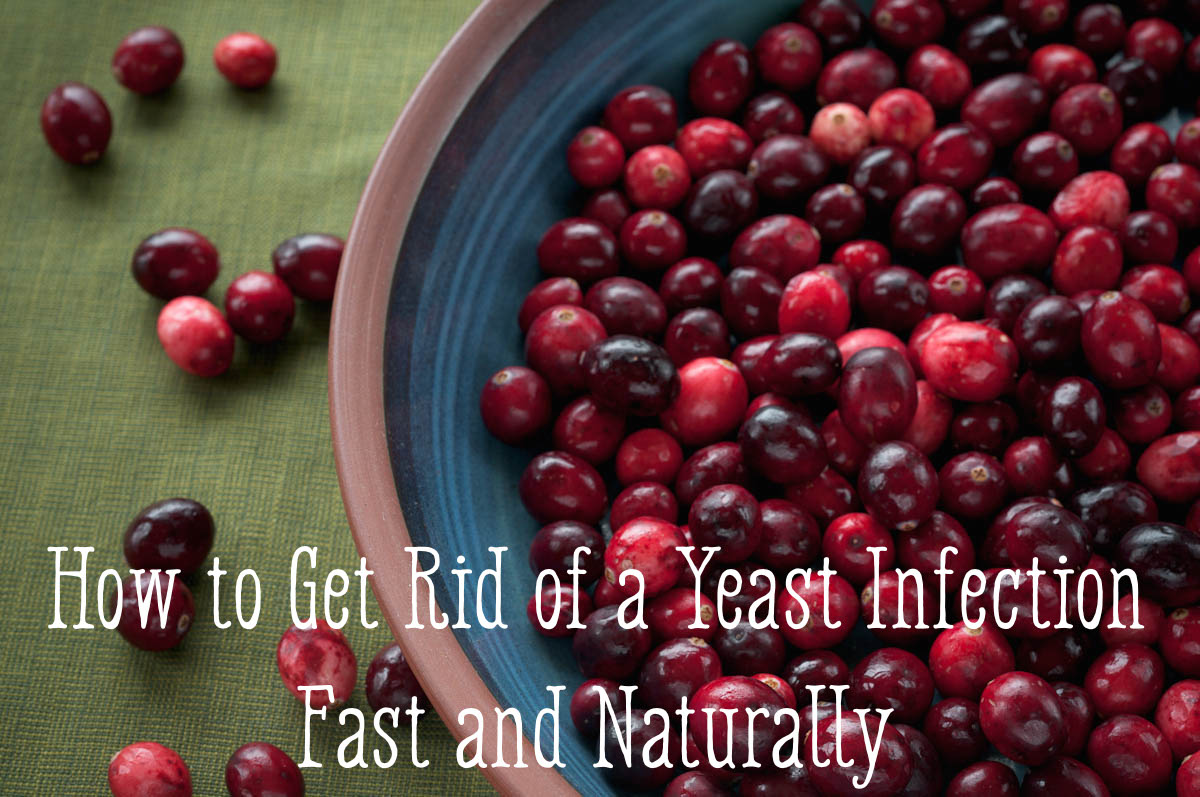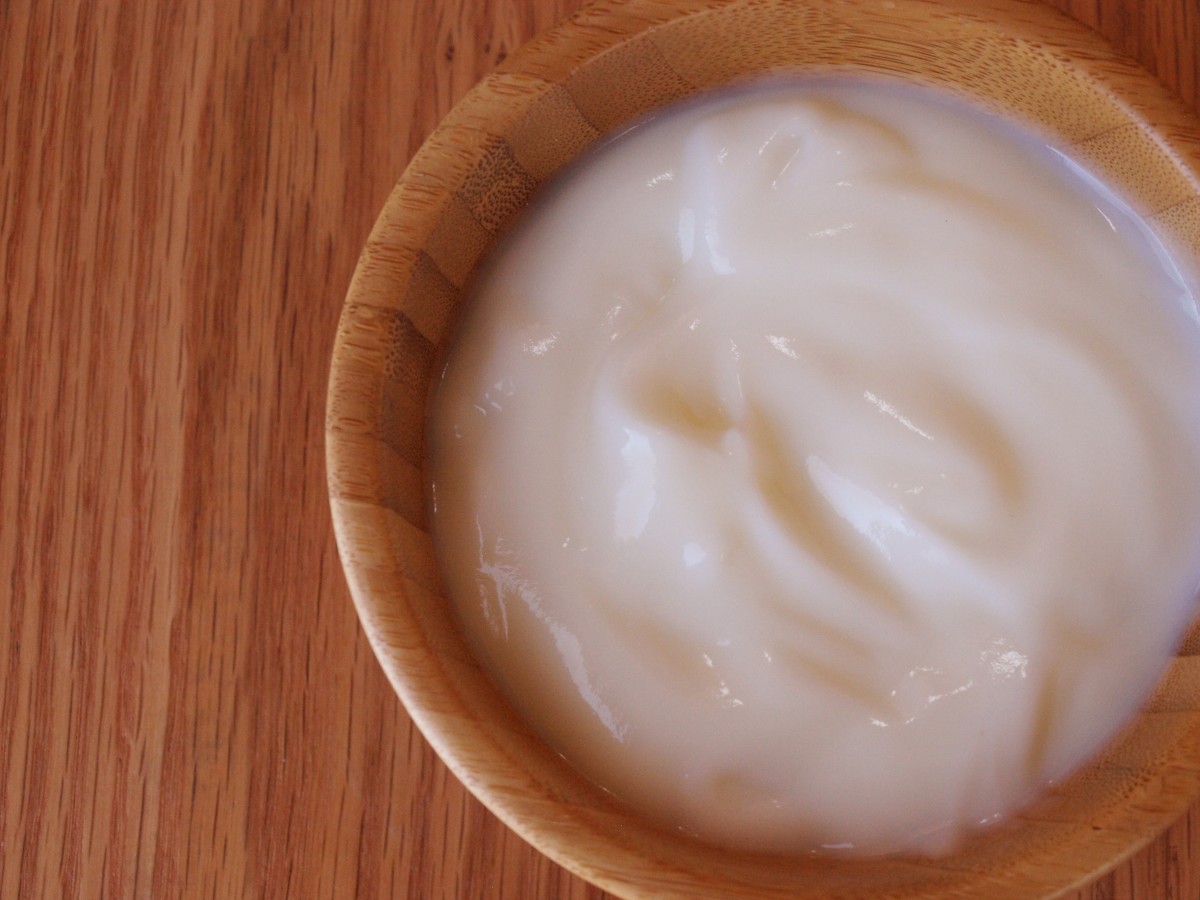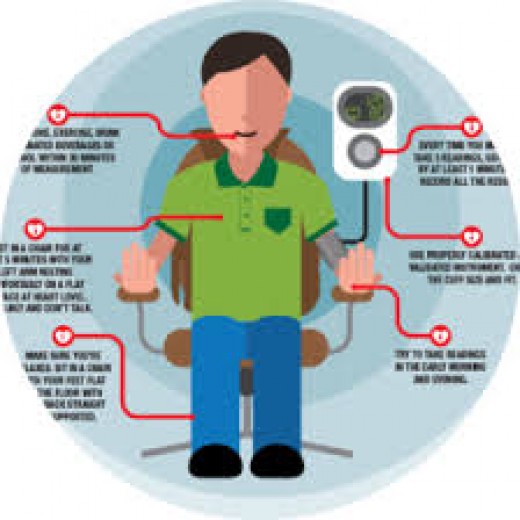
Cranberries are one of the many great ways to cure a yeast infection. | Source
Yeast Infections at a Glance
- Women typically get yeast infections more than men and the most common is vaginal yeast infection.
- Typical symptoms are; itching, redness, swelling, inflammation, thick whitish discharge, pain when urinating and painful / uncomfortable intercourse.
- Yeast infections are caused by the overgrowth of the candida albicans yeast fungus naturally found in our bodies. This occurs when the body's friendly v bad bacteria environment is out of balance.
- The underlying issues that can trigger this imbalance are things such as; good bacteria depletion, high blood sugar, lowered immune system, certain drugs, and hormonal imbalances.
- Mainstream drugs generally address the symptoms and not the root causes so that unless these underlying issues are addressed the infection can return.
- More women are turning to natural ways to get rid of their yeast infections. These include things like diet, lifestyle, probiotics, and other home remedies described here.
Getting Rid of Your Yeast Infection
Here, you'll discover 10 simple and very effective yeast infection home remedies that many folks have used successfully to eliminate their infections. However in order to fully appreciate how these simple home remedies can help to eliminate naturally, you first need to understand a bit more about this nasty infection.
So, before getting into the details of how to get rid of a yeast infection fast and naturally at home, let's briefly go through:
- Symptoms to look out for
- Why it's so important to get a proper diagnosis
- The cause of the actual yeast infection
- Underlying issues that trigger infections (very important)
- Mainstream treatment and its shortcomings.
Symptoms
redness
|
itching
|
pain during intercourse
|
inflammation
|
thick white discharge
|
swelling
|
pain when urinating
|
Infections most often naturally occur in females in/around the vaginal area. The above are some of the most common symptoms of a vaginal yeast infection. As you can see, these types of symptoms could be signs of other issues. Perhaps some even more p
Causes
A yeast-like fungus called Candida albicans actually causes yeast infections. This is a naturally occurring fungus found in the human body, mainly in the gut, but also in warm, moist locations such as the vagina, anus, mouth, under skin folds, and so on.
You normally don't have to worry about the Candida fungi because they are usually kept from overgrowing into an actual infection by the millions of friendly bacteria in your body. However if this environmental balance of good bacteria versus bad bacteria is upset in any way, then the Candida can overgrow and proliferate throughout your body causing yeast infection, sometimes called 'candida,' 'candidiasis,' or 'thrush.'
The Underlying Causes
Anything that helps to upset this environmental balance and/or that feeds the Candida albicans can be recognised as an underlying cause of yeast infection. Here are just some of the most important ones:
- High blood sugar levels, because the yeast feeds on sugar.
- Beneficial bacteria depletion—antibiotics kill the good guys as well as the bad guys.
- Immune system breakdown, through a number of factors including illness and stress.
- Hormonal imbalance through pregnancy, menstruation, or menopause.
- Drug therapy affecting the above. This includes antibiotics, steroids, the pill, HRT, and immuno-suppressive drugs.
You can see now how important it is to address these root causes if you are to have any chance of banishing your infection for good.
Mainstream Treatment for Yeast Infections
Naturally, the first solution for most women with yeast infection is in the form of over-the-counter anti-fungal medicines. These are usually in the form of things like creams, sprays, tablets, and so on, depending on where the infection is. Some typical brands include:
- Monistat
- Mycelex
- Lotrimin
- Terazol
- Micatin
While these medicines can clear the symptoms for many women in the quoted timeframes, there are one or two drawbacks:
- They do have some negative side effects—they tend to focus on the infection symptoms rather than the underlying cause(s), and the candida fungus can build up a resistance to the drugs over time. This means that many women can suffer from recurring infections.
- Also there's the ongoing cost, of course.
This is why there is an increasing interest in getting rid of yeast infections naturally by using home remedies. Read on to learn what these are.
Note: It is estimated that as many as 66% of women who buy and use over-the-counter drugs to eliminate yeast infection actually don't have candida, rather they have some other problem that these medicines are not meant to treat.
This is why I said at the start that you need to get a professional diagnosis before you begin using OTC medications.
Top 10 Ways to Get Rid of a Yeast Infection at Home
More and more women (and men) are utilising natural home remedies. Not only are there home remedies to eliminate the symptoms of candida but there are also natural ways to address the underlying issues that trigger the fungal overgrowth. Below are the top ten ways to get rid of your yeast infection fast and naturally.
1. Eat Cranberries

Cranberries are great for fighting yeast infections. The flavonoids in cranberries help to strengthen your immune system. In turn, this helps to fight the bad bacteria more effectively. This includes cranberries in any form, including fresh, frozen, dried cranberries, or in juice-form.
2. Reduce Your Stress Levels
Reducing your stress levels is very important in curing your yeast infection. Stress can lower your immune system, thus allowing the candida to overgrow. To do that, make sure you do all that you can to reduce the stress in your life including: exercising, eating a proper diet (see below) rescheduling your activities if they are too much, getting proper sleep, taking proper time out for relaxation, meditating, and so forth.
3. Change Your Diet
Change to a diet that avoids foods and ingredients that cause candida fungi to overgrow. This means avidly checking food labels and avoiding or seriously reducing the following:
- Sugar in all its forms, especially candies, soda, chocolates, and even vegetables like baked beans. This includes anything that contains fructose.
- Artificial sweeteners.
- Refined carbohydrates, because they breakdown into sugar.
- Products containing yeast.
- Dairy products—they often contain hormones and antibiotics.
- Processed foods.
- Foods containing preservatives, flavorings, or artificial colors.
- Mono-sodium glutamate (MSG)
- Stimulants like coffee, energy drinks, cigarettes, and so forth.
Note: In terms of meat, poultry, fish, and vegetables you should make a real effort to eat only organic, since modern farming methods tend to treat with antibiotics, hormones and pesticides.
4. Take Probiotics for a Yeast Infection
Probiotics are a great way to help replenish the beneficial bacteria in your gut. They are available in the pharmacy or at the local health food store and contain live friendly bacteria. You can normally get them in tablet, capsule, powder, and liquid forms—it is always best to get the best quality ones. Don't sacrifice price for quality when it comes to your health!
5. Consider Yogurt as a Probiotic

Natural yogurt is a well-known source of live cultures. However it must be free from sugar, coloring, fruit of any kind, and any other additives. Always check that the label says that it contains live active cultures. The beneficial bacteria that is especially good for yeast is lactobacillus acidophilus found in true natural yogurt.
One of the best ways to ensure you get the very best is to make it yourself. You can easily Google this or purchase a natural yogurt making kit online through Amazon at a very reasonable price.
Interestingly, as well as rebalancing your gut flora, you can apply the yogurt directly over the site of the infection. You can apply it inside, as well—simply coat a regular tampon and insert overnight.
6. Use Tea Tree Oil for Yeast Infections
Tea tree oil has some very powerful anti-fungal properties. You can purchase tea tree oil at the local pharmacy and at certain health stores. However don't use it if you are pregnant, and also don't apply to areas where the skin is broken.
7. Use Garlic

Raw garlic has natural anti-bacterial and anti-fungal properties.
- It can be eaten to help kill the fungus in your gut.
- It can also be applied topically—peeled and crushed into a paste and applied over the area affected.
- It can also be inserted overnight in the vagina to help kill-off the candida there. Just wrap some muslin around a peeled garlic clove and tie securely with dental floss. Leave a tail of dental floss for easy removal.
8. Consider Herbal Home Remedies for Yeast Infections
There are very many herbs that contain excellent natural properties to help you get rid of the symptoms, as well as in preventing further infections. Here's a small sample:
- turmeric
- cinnamon
- pau d'arco
- goldenseal
- chamomile
- black walnut
- myrrh
Get these and more at your herbalist or local health food store.
9. Use Apple Cider Vinegar

An apple cider remedy discourages candida growth by helping to rebalance your body pH. It must be raw apple cider vinegar that hasn't been distilled or pasteurized. You should be able to get this at health food stores.
- To take internally, just add 2-3 teaspoons of apple cider vinegar to a large glass of water and take 2-3 times per day.
- To take externally, just put half a cup into a shallow warm bath and bathe for around 20 minutes, gently lapping the water against the affected part.
10. Use Coconut Oil for Yeast Infection
Virgin coconut oil is high in caprylic and lauric acid, thus giving it very powerful anti-fungal and antimicrobial properties. This is ideal for combating yeast infection. Coconut oil can be used in your diet and especially to cook with.
Note: Make sure you don't use the hydrogenated type, and only use virgin coconut oil.
Additional Tips on How to Prevent Yeast Infections
As a bonus, alongside the top ten, here are some more things to consider in preventing yeast infections. These are founded on the principle that candida just loves warm, moist, humid conditions and an alkaline environment:
- Avoid wearing tight jeans, pants, and panties.
- In turn, wear loser-fitting jeans and pants that allow your parts to breathe.
- Wear cotton panties that also let the area breathe.
- Maintain a clean and dry genital area at all times by washing with warm water and soap daily.
- Change out of damp sweaty swimwear or gym-wear as soon as you possibly can.
- Stop using scented feminine sprays, soaps, gels, douches, pads, tampons, and so forth. These can both irritate the fragile membranes and upset the pH (alkaline/acidic) balance.
Don't ignore these things as they form an important part of your overall approach to get rid of your yeast infection at home and prevent future occurrences.











